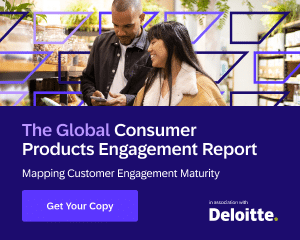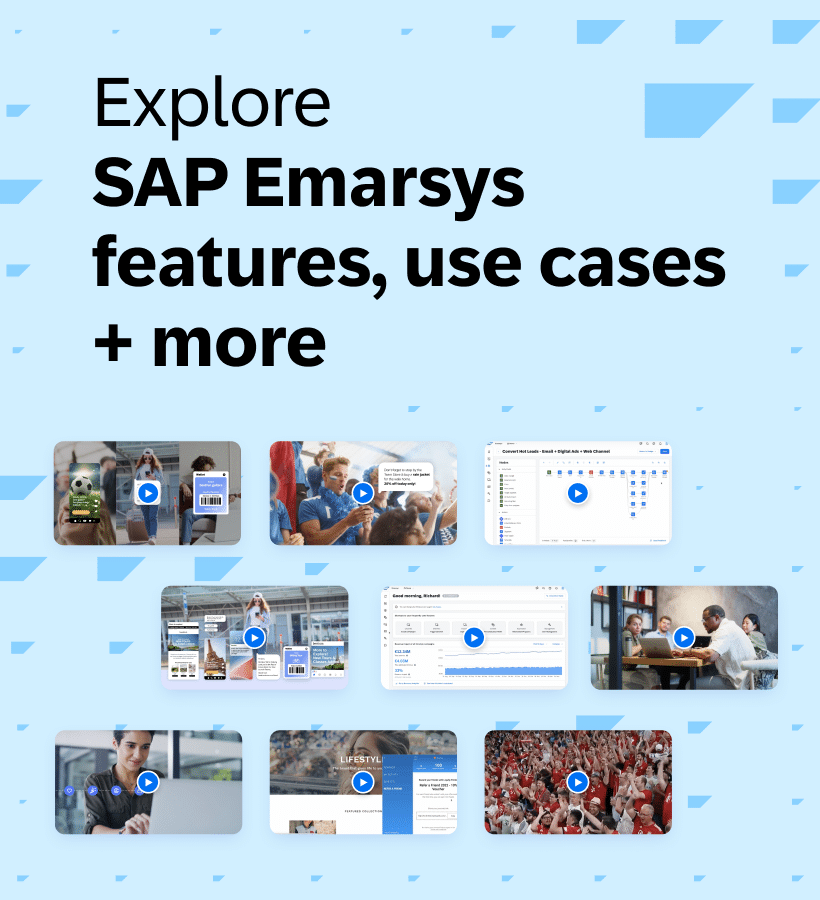5 Omnichannel Marketing Resolutions to Elevate Your Strategy in 2025
Black Friday is a frenzy of activity that can account for a big percentage of your brand’s revenue. But just because it’s behind us, it doesn’t mean that you can’t continue to reap the benefits of holiday learnings and techniques. As you move into a new year, it’s the perfect time to identify opportunities to refine and elevate your approach. The post-holiday season brings unique economic trends and customer behaviors, making it essential to have an advanced customer experience strategy that resonates beyond the holidays and throughout the year. Below, we’ll explore five actionable resolutions to up-level your omnichannel marketing and build a stronger connection with your audience.
1. Complete the Customer Lifecycle
Understanding your customers’ lifecycle stages is key to delivering relevant messages that resonate. Start by identifying any gaps in your communications. Are there touchpoints where a targeted message could enhance engagement? For example, a lifecycle approach can inform your content strategy, ensuring that your communications align with where your customer is on their journey.
By evaluating existing automations and implementing lifecycle-focused messaging, you can better nurture relationships and drive conversions. Progressive profiling can also help capture more detailed insights, allowing you to fine-tune your segmentation and campaigns further.
2. Revamp Automations with Data-Driven Insights
Automations are the backbone of effective omnichannel marketing. Use the post-holiday shopping season to review and optimize existing workflows. Collecting data during this time is critical, as shoppers’ behaviors can reveal valuable insights. However, it’s important to distinguish between gift-givers and self-shoppers to ensure data accuracy. Progressive profiling enables you to clarify these intentions and use the information to deliver highly personalized experiences.
For instance, during the holidays, 32% of customers engage in self-gifting, and 66% continue shopping post-holidays. Identifying these audiences can help you tailor your clearance sales and discounts to maximize impact. Finding audiences who are most receptive to discounts on overstocked items and categories allows retailers to be selective in their discounting. Customers who were considering making that purchase will be happy to receive the offer, and retailers can maintain high profit margins that sell easily without discounts.
3. Expand into Omnichannel Experiences
While email often serves as the entry point for many campaigns, the potential of other channels remains untapped. Create a seamless omnichannel experience by integrating SMS, site personalization, Mobile Wallet, and other channels into your strategy. These additional touchpoints can extend your reach and provide a cohesive customer journey.
Omnichannel marketing means continuing the conversation with your customer based on their journey state, regardless of which channel they decide to engage with. It allows you to progress the conversation across touchpoints—starting with email and branching into SMS, push notifications, and even offline interactions. By leveraging data to inform your messaging and timing, you can engage customers at the right moment, on the right channel.
4. Infuse AI for Personalization and Optimization
Artificial intelligence (AI) can revolutionize how you approach channel selection, personalization, and product recommendations. AI-powered tools can analyze customer data to predict preferences and deliver hyper-targeted content. For instance, if a customer abandons a purchase, AI can trigger personalized price drop notifications or suggest complementary products, driving higher conversions and average order values.
Incorporating AI also enhances your ability to optimize campaigns by analyzing performance metrics and making data-informed adjustments in real time.
5. Build a Roadmap to Advanced Customer Experiences
Creating a roadmap helps prioritize initiatives based on effort and impact. Start by identifying key automations and determining their potential revenue or customer experience benefits. Use a Gantt chart or similar tool to map out tasks and timelines, ensuring a structured approach to achieving your goals.
Consider starting with foundational communications like welcome series and transactional emails before moving to revenue-generating automations, lifecycle marketing, and loyalty programs. Each stage builds on the previous, culminating in an advanced, omnichannel strategy that delivers a seamless customer experience.
Why Now is the Time to Act
The retail landscape is shifting, with e-commerce expected to grow by 9.5% in 2025. The post-holiday season represents a significant opportunity, as nearly half of all customers will shop during this period—many using gift cards that make them net-new customers. By capturing these opportunities with the right strategies, you can set the tone for success throughout the year.
By committing to these five resolutions, you can elevate your marketing strategy to new heights. Whether you’re optimizing lifecycle communications, expanding your channel reach, or leveraging AI to personalize at scale, each step brings you closer to delivering a truly advanced customer experience. Make 2025 the year you up-level your marketing and build lasting relationships with your audience.







